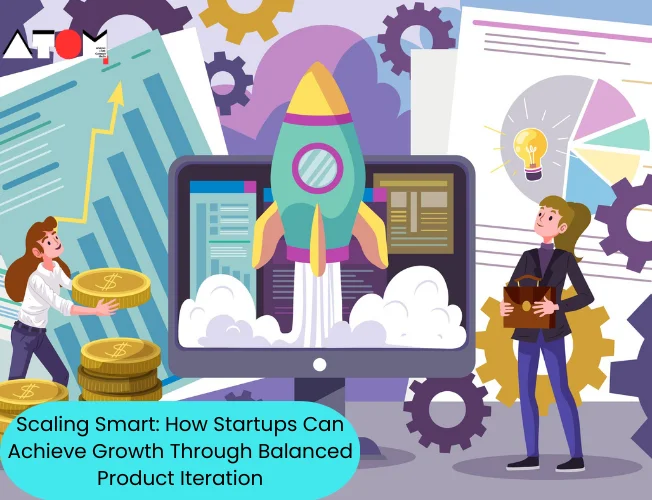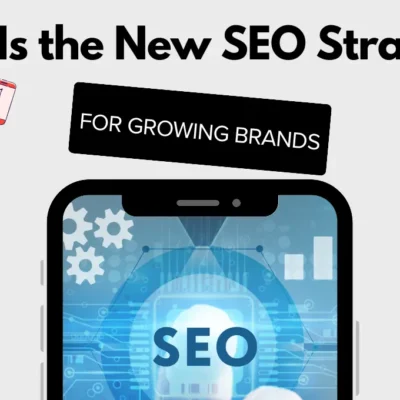Achieving scalability in the fast-paced world of startup growth requires striking a smart balance between product development speed and quality. In contrast to the prevalent mindset of “fail fast,” meeting market expectations and achieving superior performance require not only speedy but efficient building.
Foundational Strength
The first step towards effective scaling is to identify and rank the scalable features. Founders need to quickly identify and create essential features that will grow with their clientele. According to a proverb, “Features that scale are features that sell.” Making sure these characteristics are strong enough to withstand rising usage without sacrificing functionality is essential. As a result, building a strong foundation requires making calculated decisions that satisfy both present consumers and demands of the market.
Harnessing Network Effects
Enhancing user involvement and connectivity through new features is essential for growth acceleration in today’s interconnected digital world. The stability of the system shouldn’t be sacrificed in order to achieve this acceleration. Reaching this fine balance between stability and total product value requires extensive user dynamics knowledge and thorough testing. Recall that every improved relationship should yield value, expanding the possibility for growth.
Data-Driven Iteration
Data is the foundation of contemporary product development. It is efficient and crucial to use analytics to speed up iteration cycles. “Iterate based on metrics, not just milestones” guarantees quick and significant improvements that raise the calibre of the user experience. Lean product development cycles and informed decision-making are made possible by metrics like user engagement and retention rates, which offer vital insights into what works and what doesn’t.
Adaptability to User Needs
The needs of the user base are diverse. Interoperability features and customisation allow for quick adaptability, which can be important growth drivers. Startups can improve product versatility and user retention by providing customised user experiences and seamless integration capabilities. Nevertheless, careful planning is needed to integrate new functionalities without interfering with current user experiences or jeopardising system performance. A product that develops in harmony with its users is guaranteed by strategic foresight in design, which eventually improves retention and satisfaction.
Future-Proofing Through Vision
Sustainable growth requires anticipating trends and making necessary adjustments. Continuous agile development enables startups to react quickly to changes in the market while upholding high standards from the start. The phrase “prepare for the market, don’t just react to it” emphasises how crucial it is to match evolving consumer expectations and trends with product development. In order to maintain their competitiveness and relevance in dynamic marketplaces, companies might incorporate proactive forward-looking techniques into their product development.
Results
For entrepreneurs of startups, striking a healthy balance between quality and speed during product iteration is not just a technical challenge but also a critical strategic requirement. Startups can attain smart growth by giving priority to scalable features, improving connection, utilising data insights, adjusting to user needs, and forecasting future trends. This all-encompassing strategy maintains long-term competitiveness and customer pleasure while also quickening market penetration.
Read more: Marketing News, Advertising News, PR and Finance News, Digital News





